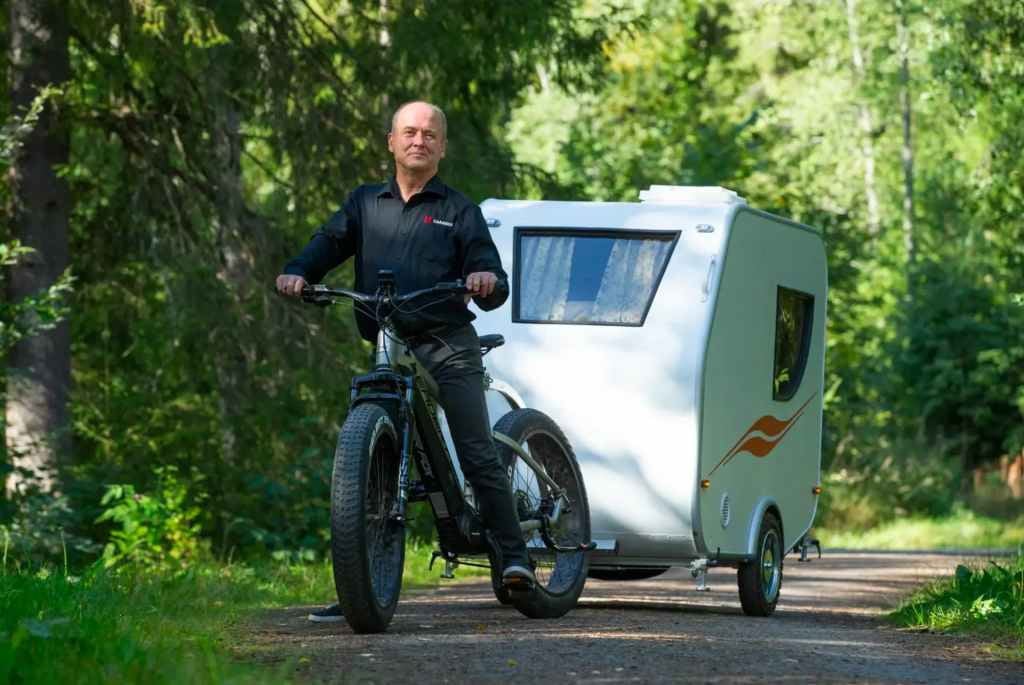Fuck Cars
A place to discuss problems of car centric infrastructure or how it hurts us all. Let's explore the bad world of Cars!
Rules
1. Be Civil
You may not agree on ideas, but please do not be needlessly rude or insulting to other people in this community.
2. No hate speech
Don't discriminate or disparage people on the basis of sex, gender, race, ethnicity, nationality, religion, or sexuality.
3. Don't harass people
Don't follow people you disagree with into multiple threads or into PMs to insult, disparage, or otherwise attack them. And certainly don't doxx any non-public figures.
4. Stay on topic
This community is about cars, their externalities in society, car-dependency, and solutions to these.
5. No reposts
Do not repost content that has already been posted in this community.
Moderator discretion will be used to judge reports with regard to the above rules.
Posting Guidelines
In the absence of a flair system on lemmy yet, let’s try to make it easier to scan through posts by type in here by using tags:
- [meta] for discussions/suggestions about this community itself
- [article] for news articles
- [blog] for any blog-style content
- [video] for video resources
- [academic] for academic studies and sources
- [discussion] for text post questions, rants, and/or discussions
- [meme] for memes
- [image] for any non-meme images
- [misc] for anything that doesn’t fall cleanly into any of the other categories
Recommended communities:
view the rest of the comments

It's always going to be gatekept to some degree, simply because wilderness areas are, by definition, far away from cities. As soon as you put public transit into wilderness, you're creating hubs that turn wilderness into not wilderness.
Best case scenario, you stop maintaining roads as anything more than dirt tracks slightly narrower than a car, and force people to ride bicycles to wilderness areas.
You can have a bike path to the forest preserve going right alongside the road. Or a tram rail.
I think this can be solved by strict urban growth boundaries around the transit stop.
One place where I think this works well is Catalina island off the coast of LA. There are a couple of villages where the ferry lands, but when you go outside the boundary you have hiking trails connecting camp grounds.
Being in LA, the camping tends towards glamping and there are is a pretty high density of hikers on the trails. But as far as LA county goes, I don't think there's a place with less urban sprawl.
Only if the wilderness doesn't have strict laws protecting it.
I don't entirely agree with this - there are many places accross the world where public transit stops at wilderness locations to allow people to access them without a car. It's a matter of making sure that you can't have any "development" around the transit stop.